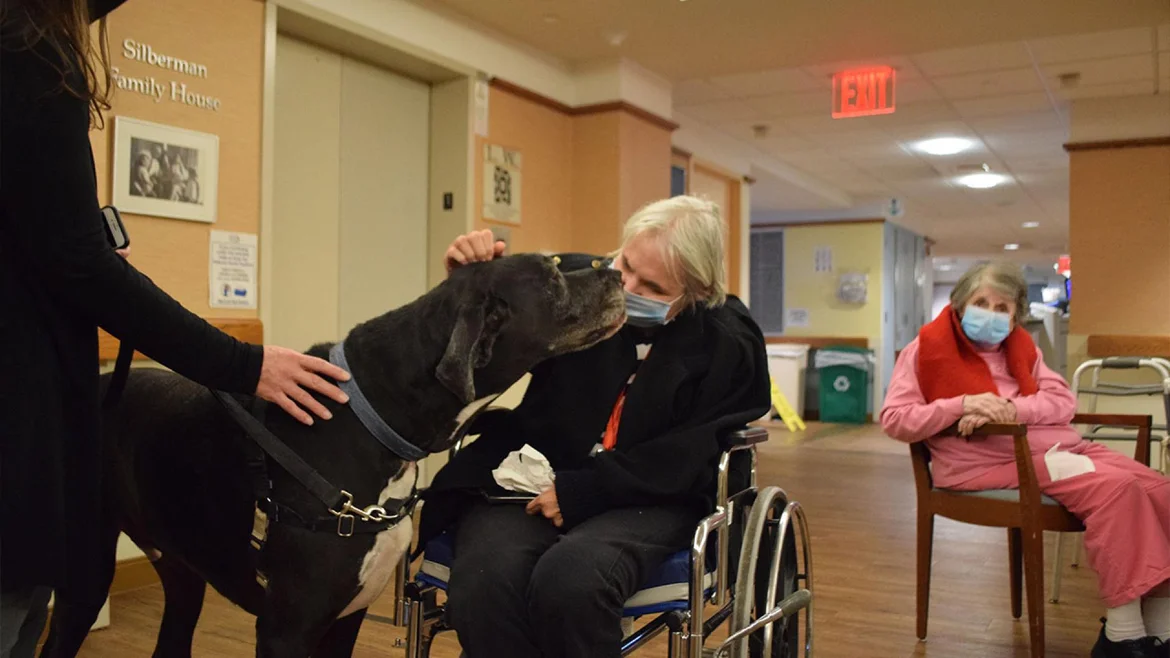Cindy knows it’s time to look for a caregiver for her mom when she gets busier after her promotion. So, she talks about it during lunch with her colleagues to see if they have ever hired one for their parents.
“I had an awful experience with hiring a caregiver,” one of her colleagues replied. “The PSW was always late, and one time, my mom waited an hour for her to show up.”
“Same here!” agreed another colleague. “My dad always received a different caregiver every time, and they didn’t know how to handle him because of different communication styles.”
Cindy is scared. And if you are looking for a caregiver just like Cindy, you’d probably be scared by the conversation, too.
However, not all caregivers are tarred with the same brush, and it depends heavily on the home care agency that you are hiring. It is important to find the right agency in the first place to avoid these undesirable outcomes.
In this article, CareStory will provide you with ten essential questions to ask over the phone when you contact a home care agency and how you examine their responses. If you would like an in-depth version of the question list, check out our “25 Questions to Ask Before Hiring a Home Care Agency” blog post to find out more information.
Top 10 Questions To Ask Over the Phone When Hiring a Home Care Agency
1. What type of services do you provider
Although most agencies provide similar services such as bathing, grooming, companionship, etc., it is good to know if they can handle your loved one’s situation if he or she has special needs. Some agencies have specific caregivers that focus on dementia care and mobility assistance, so ask them if they offer the option if you have such concerns.
2. How much is the cost per hour? And what are the minimum hours per shift?
Price is always something you should ask first. The price of home care in the GTA can vary drastically, and the minimum hours are usually 3 to 4 hours. Choose the one that you think the price and duration are reasonable.
3. Is there a discount for overnight/full-time/extra hours care?
Some agencies offer discounts for full-time (24 hrs) or extended hours of care. If you
know your family needs long-term care, it’s good to ask about the discount. You
can compare the rate of different agencies but note that the one offering a discount
does not necessarily mean it is the best option.
4. Are the caregivers licensed and insured?
A legit home care agency should ensure their caregivers are licensed as Personal Support Workers (PSWs) or Registered Nurses (RNs) so that they are properly trained. Also, the caregivers should be bonded and insured so that they can protect themselves from theft, damage, or loss.
5. What if my caregiver is late or doesn’t show up on a scheduled shift?
Being punctual is something that a caregiver should achieve. But rare events might happen sometimes. If lateness or a no-show occurs, the agency should have a backup plan that sends a secondary caregiver or offers late-minute coverage to your family. In most cases, home care agencies should have a clock-in and clock-out system that tracks every caregiver’s arrival and departure at each home.
6. Can you accommodate for language/cultural preferences?
If your loved one only speaks another language or holds strong cultural values, it is good to look for a caregiver that can communicate with your family and share the same cultural background. It is vital in building connections and understanding what should be concerned in the caregiving process. A good home care agency should be culturally inclusive and can meet different clients’ needs.
7. Will it is the same caregiver visiting each time?
Consistency in caregiving is key. If there is a different caregiver visiting each time, there will be misunderstandings and confusion in communication. It also shows that the agency’s turnover rate is high, which is not a good sign.
8. Who should I contact if there are concerns or complaints?
It is not uncommon that your loved one doesn’t get along with a caregiver or for something unexpected to happen in the caregiving process. If it is either an emergency event or a complaint, the agency should have a well-developed system to handle your situation and ensure it doesn’t happen again.
9. What insurance do you accept?
While most home care agencies don’t accept insurance, there are still some of them that do. It doesn’t hurt to ask if they accept health insurance to alleviate your financial burden.
10. How soon can you place a caregiver?
Some agencies may have a waitlist in your region, while others can provide care immediately. So choose one that suits your family’s situation; good care never requires you to wait too long.












